Good architectural photography captures the beauty and visual representation of the built environment. That can be anything from a building to a bridge to a large outdoor space.
It can make a viewer feel like they are there, experiencing the space firsthand. Good composition, lighting, and perspective are essential elements of good architectural photography. But it goes further than that.
So what makes a good architectural photograph anyway? Let’s find out.
Good Lighting
Light is essential to photography.
Good lighting is key in any photograph, but it is especially important in architectural photography. Photographers must be careful to capture the building in a way that shows its features and beauty while also ensuring that the lighting is correct. This can be tricky, as different times of day can produce very different lighting effects.
It’s important to find a good balance between too much and too little light. Too much light can wash out the photograph, while too little light will make it difficult to see the details of the building. The best way to determine the right amount of light is to experiment with different settings and see what looks best.
You can also use lighting equipment to balance the scene. Or consider using flags and curtains to block unwanted light. Architectural photos are like a painting with light to a certain extent.
Related: Lighting Retail Stores
Correct Perspective
For architecture photos of a building to be successful, it is important to capture the image from the correct perspective. This means that the photographer must take into account the angle at which they are shooting, as well as the distance between themselves and the building.
Good Composition
Composition is key in any type of photography, and it is especially important in architectural photography. Architectural photographers must carefully consider how they want to frame their shots to showcase the beauty of the building.
There are many different ways to compose an architectural photo, but some of the most common techniques include using leading lines to draw attention to certain features of the building or using symmetry to create a more balanced image.
Straight Vertical Lines are Almost a Requirement
One of the most important aspects of good composition in architectural photography is the use of straight vertical lines. This is because buildings are, well, built vertically!
Using vertical lines in your composition will help to emphasize the height of the building and can often make for a more dramatic image. Of course, you don’t have to use vertical lines, but they are something to keep in mind when composing your shot.
The Importance of a Good Architectural Subject
No matter how good the lighting, perspective, and composition are, a photograph will not be successful if the subject is not interesting. This is why it is so important to choose a good subject for your architectural photography.
There are many different things to consider when choosing a subject, but some of the most important factors include the size of the building, the shape of the structure, and the overall aesthetic appeal.
It’s also important to make sure that the building you choose is in a good location. The background of your photograph can either make or break the shot, so be sure to choose a location that compliments the building.
Natural Colors and Tones
The colors and tones of a photograph can have a big impact on the overall look and feel of the image. This is why it is important to pay attention to the colors and tones in your architectural photography.
Some buildings lend themselves well to black and white photography, while others look better in color. It really depends on the subject matter and the overall aesthetic you are going for.
If you’re not sure which look is best, it’s always a good idea to experiment with both black and white and color photography. You may be surprised at the results!
A Sense of Scale
One of the most important aspects of good architectural photography is conveying a sense of scale. This is because buildings are often very large, and it can be difficult to convey their size in a photograph.
There are many different ways to convey a sense of scale in your photographs. Some photographers use human subjects to show the relative size of the building.
An architectural photographer might use wide-angle lenses to capture the entire structure in one frame. Or use a longer lens from further away to really make the structure look big.
It’s really up to you how you want to convey a sense of scale in your architectural photography. Just be sure to keep it in mind when composing your shots.
Images Should Look Three Dimensional
When looking at a photograph, the viewer should get the sense that they are looking at a three-dimensional object. This is why it is important to pay attention to depth in your architectural photography. It is especially essential in interior photography.
There are many different ways to create depth in a photograph, but some of the most common techniques include using leading lines and foreground elements.
Leading lines help to draw the viewer’s eye into the photograph and create a sense of depth, while foreground elements give the image a more three-dimensional look.
Focus on the Human Perspective
One of the most important aspects of good architectural photography is to focus on the human perspective. This is because buildings are designed for people, and it’s important to show how they interact with the structure.
There are many different ways to show the human perspective in your exterior and interior shots.
Props can be used in the scene to make the interior look lived in. Or people can in the scene itself – walking through or just sitting on a chair.
It’s really up to you how you want to show the human perspective in your architectural photography. Just be sure to keep it in mind when composing your shots, because making a human connection in a photograph is the secret to stunning images.
Natural and Pleasant Editing
In general, it’s always best to avoid heavily edited photos as these can look fake and lose the sense of reality. With architectural photography, however, a little bit of photo editing (post-production) can go a long way in terms of making the final photo look more polished and professional.
Some common editing techniques for architectural photography include adjusting the white balance, contrast, and saturation. These edits can help to bring out the details in the photograph and make the colors pop.
If you’re not sure how to edit your photographs, there are plenty of tutorials and online resources that can help you get started. Just be sure to start with small edits and work your way up from there. And remember let the architectural styles of the buildings be the star of the image.
Lens Choice is Important
The type of lens you use for your architectural photography can have a big impact on the final image. A wide angle lens or better a tilt-shift lens is a good choice for most shots.
But longer lenses can create some dynamic shots if you have the room to use them. The compression of the lens makes tall buildings look large and imposing. And they are the go-to when it comes to detail shots.
Related: Check out what a 300mm lens looks like when photographing architecture.
It’s important to experiment with different lenses to see which ones work best for the type of images you want to create. Camera equipment does make a difference.
HDR is Bad, and Whoever Says it is Good is Lying to You
High dynamic range (HDR) photography is a technique that has become increasingly popular in recent years. HDR involves taking multiple photos at different exposure levels and then combining them into one final image.
While HDR in theory can create more detailed and realistic images, it’s important to use this technique sparingly. This is because HDR software always looks fake and over-processed.
If you do decide to use HDR to photograph architecture, be sure to use it sparingly and only when necessary. Actually, no never use it.
There is a right way to combine multiple exposures by using layers and layer masks in photoshop. It does not involve using an hdr processing program.
Show Movement to Give a Sense of Time
Another way to add interest to your architectural photography is to show movement in the scene. This could be something as simple as a person walking by, or the wind blowing through the trees.
Showing movement in a photograph can give the viewer a sense of time and place, and it can also add a sense of dynamism to the scene.
If you’re going to include movement in your architectural photography, be sure to use a slow shutter speed (long exposure) so that the movement is blurred and not frozen.
Interesting architectural photos tell stories.
Related: Check out our Ultimate Guide to Architectural Photography
Conclusion
When it comes to architectural photography straight lines and geometric shapes can be used to create an interesting composition. Perspective is also important, as it can be used to create a sense of depth and scale. Lighting can be used to create warmth and atmosphere in a photograph.
It is important to keep in mind the feeling that you want to evoke. Is the building imposing and grand, or is it quaint and charming? Does the architecture have a sense of history, or is it modern and sleek? By considering these things, you can create photographs that capture the essence of a building.
Remember to focus on the human perspective, as buildings are designed for people. And finally, be careful with HDR – while it can be used to create more realistic images, it often looks fake and over-processed. If you do use HDR, stop it.
By following these photography tips, you can take great architectural images that capture the essence of a building. Just remember to have fun and experiment – that’s the best way to learn!

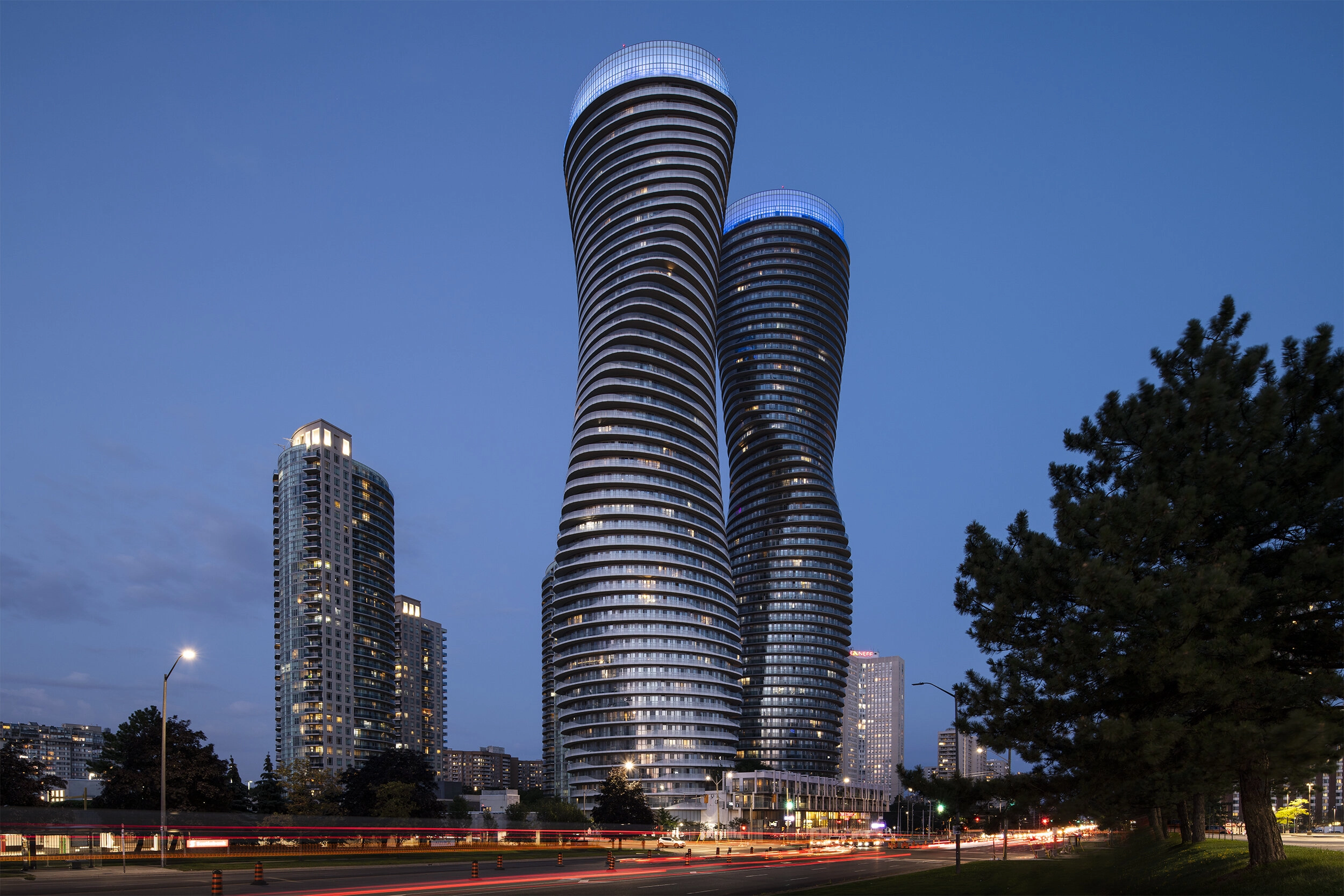
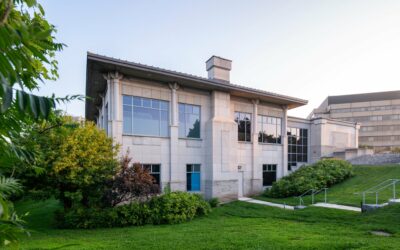
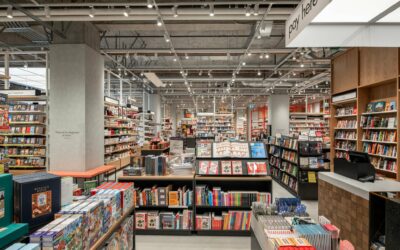
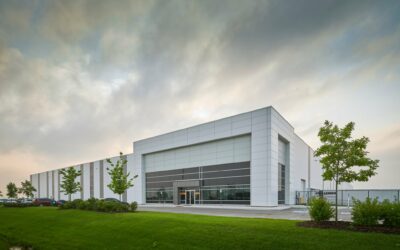
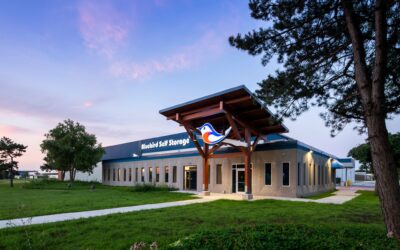


0 Comments